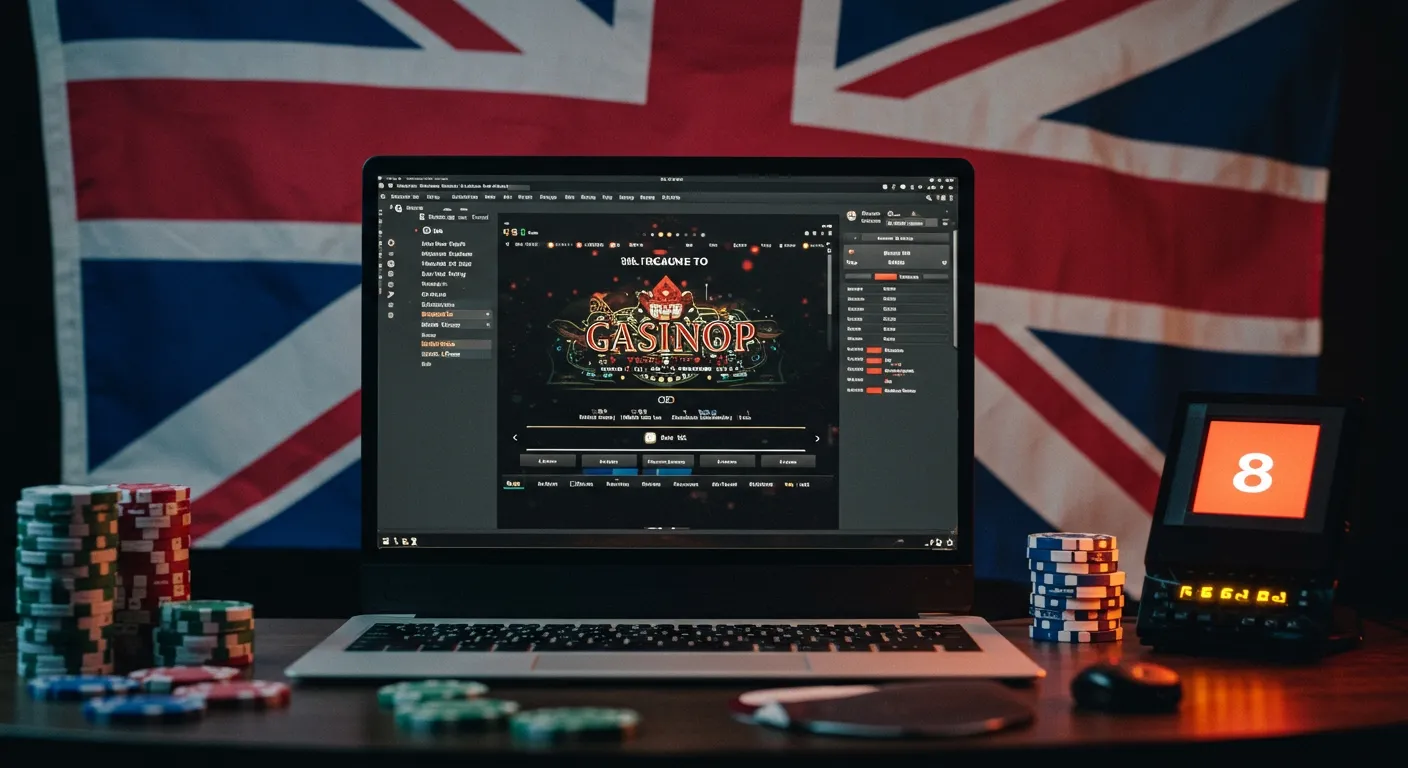Sports betting has always been about anticipation—waiting for the outcome of a match, a season, or a championship. But in recent years, the industry has started to shift toward faster, more interactive experiences. Micro-betting, or live in-play betting on specific moments within a game, is at the center of this transformation. Instead of wagering on who will win the match, players can bet on the next point, possession, or even whether a penalty will be scored.
As someone who has followed both traditional betting and modern innovations, I’ve seen how micro-betting has the potential to completely reshape how fans interact with sports. It introduces speed, excitement, and constant engagement, but it also raises important questions about sustainability and player behavior.
The Appeal of Real-Time Engagement
The attraction of micro-betting lies in its immediacy. Traditional bets can take hours or even days to resolve, but micro-bets can be decided in seconds. Imagine watching a football match and placing a wager on whether the next corner kick leads to a goal. That kind of instant feedback keeps fans on the edge of their seats.
This format fits perfectly with modern viewing habits. Audiences today are used to quick interactions, whether on social media or mobile apps, and micro-betting caters to that expectation. In many ways, it makes sports watching feel more like a real-time interactive game rather than a passive experience.
Comparisons With Casino Innovation
Interestingly, the rise of micro-betting mirrors trends in the online casino world. Slot developers, for instance, are constantly creating faster, more immersive experiences to keep players engaged. Just as casinos have shifted from traditional machines to highly interactive slots, sports wagering is shifting from long-term bets to bite-sized, rapid-fire opportunities.
The psychology is similar—short cycles of risk and reward keep players engaged for longer. It’s a dynamic that casino operators have mastered for years, and now sportsbooks are adopting the same approach. This evolution also resonates with how sites like new slot sites 2025 uk experiment with engaging formats, offering players new ways to interact with games in quick bursts rather than extended sessions.
Technology Driving the Change
The growth of micro-betting wouldn’t be possible without technology. Advanced data analytics, real-time tracking, and AI-driven odds calculation make it feasible for sportsbooks to offer up-to-the-second markets. Mobile apps have also played a crucial role. Fans no longer need to visit physical bookmakers or wait for odds updates; everything is instantly available in the palm of their hands.
Live-streaming integrations add another layer. Some platforms let players watch the game and bet on unfolding moments without switching apps. This seamless experience is setting the standard for the future of sports wagering.
The Risks of Instant Betting
While micro-betting is exciting, it’s not without risks. Faster betting cycles mean players can place far more wagers in a short period of time compared to traditional formats. This increases the potential for impulsive decisions and problem gambling.
Sportsbooks often highlight responsible gaming tools—like deposit limits and self-exclusion features—but the addictive nature of quick betting makes these safeguards even more critical. Regulators are starting to look closely at how micro-betting might impact long-term betting behaviors, especially among younger players who are more accustomed to fast-paced digital experiences.
Impact on Sports Fandom
Micro-betting doesn’t just affect wagering—it also changes how fans watch sports. When you have money riding on the next play, every second of the match feels more intense. Some fans argue this deepens engagement, making even low-stakes games feel thrilling. Others worry it distracts from the sport itself, shifting focus away from team performance toward constant betting outcomes.
Either way, it’s undeniable that micro-betting changes the emotional relationship between fans and sports. It makes watching more interactive, but it also risks reducing games to a series of fragmented betting opportunities.
The Role of Regulation
For micro-betting to succeed long term, regulation will be crucial. Countries and jurisdictions differ widely in how they treat in-play betting. Some markets embrace it fully, while others restrict or ban it to curb potential harms.
The challenge lies in balancing innovation with protection. Regulators must ensure transparency in odds, prevent exploitation of vulnerable players, and encourage responsible gambling practices. Without these safeguards, micro-betting could face backlash despite its popularity.
The Future Outlook
Looking ahead, micro-betting seems poised to grow rapidly. As technology improves, markets will expand beyond simple outcomes like goals or points. We could see wagers on advanced performance metrics, such as player speed, shot accuracy, or even biometric data.
Integration with augmented reality and virtual reality may also be on the horizon. Imagine wearing AR glasses during a live match and placing wagers with a simple gesture. The possibilities are vast, and sportsbooks are eager to explore them.
Final Thoughts
Micro-betting represents one of the most exciting developments in modern wagering. By making every moment of a game a betting opportunity, it transforms passive viewership into an interactive experience. The parallels with innovations in the casino industry show that betting as a whole is moving toward faster, more immersive formats.
Yet with opportunity comes responsibility. The speed and intensity of micro-betting carry risks that players and regulators must address. If managed carefully, it has the potential to redefine how fans connect with sports—turning every second into a chance for thrill and reward.




